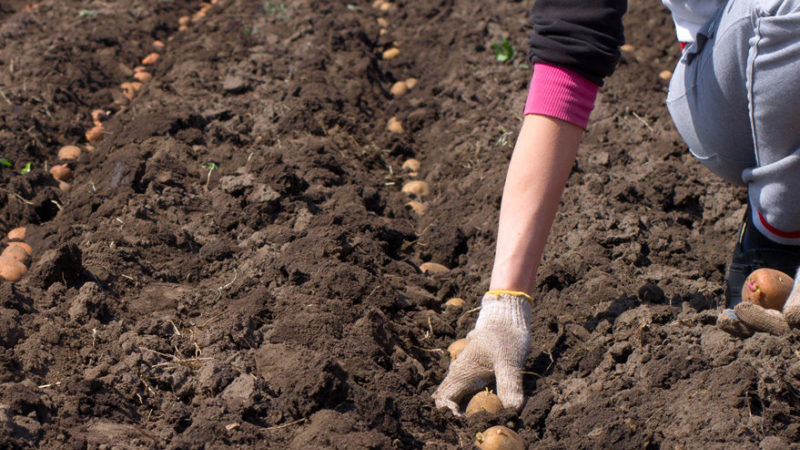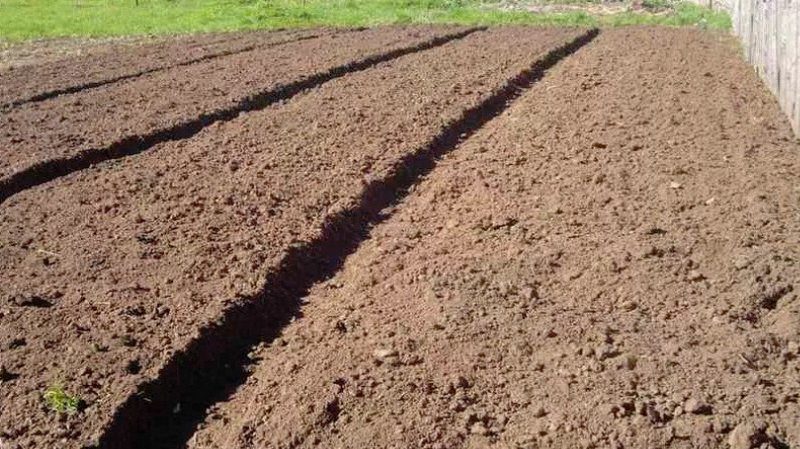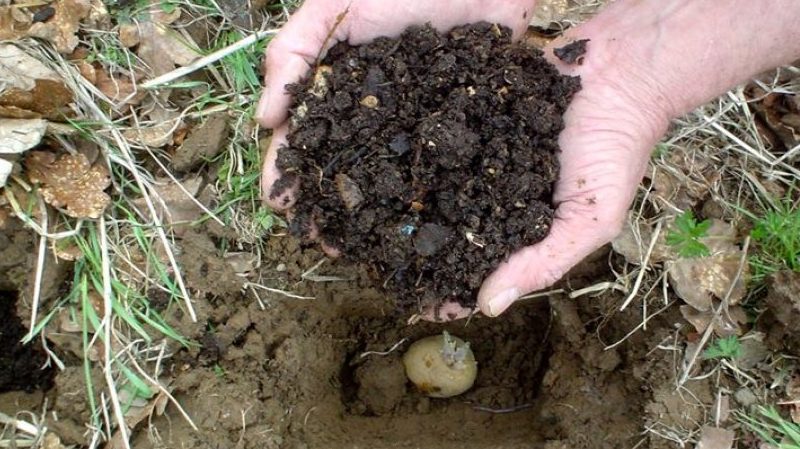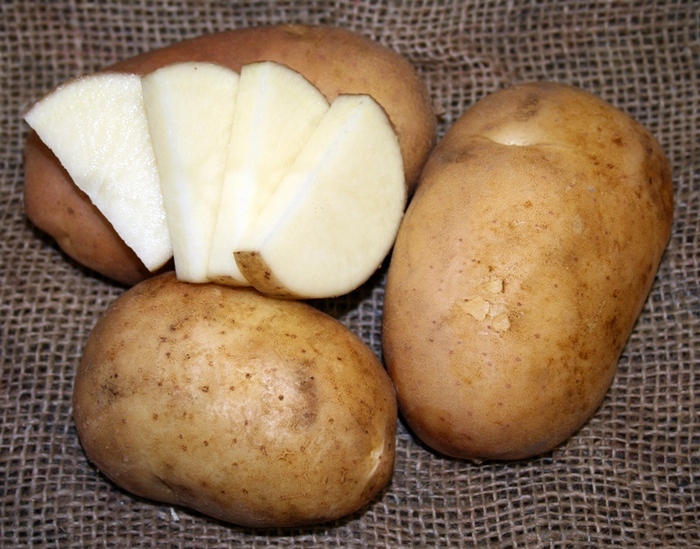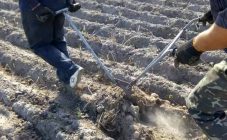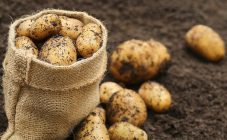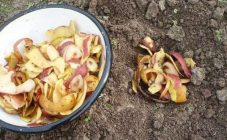Potatoes are the most popular root vegetable among summer residents. Self-grown potatoes are always tastier and better than purchased ones. Potatoes have a long shelf life, subject to the conditions, and this allows you to have them on your table all year round. To get a good harvest, you need to properly prepare the site.
First you need to determine the type of soil on the site. Sandy or sandy loam soil, loose and fertile, is ideal for potatoes. To check, a lump of soil is taken and moistened in water. If there is a lot of clay in the soil, then the lump will be plastic, like plasticine, capable of taking any shape. Such soil must be diluted with sand; by itself, it is poorly suited for planting potatoes. Sandy soil will not keep its shape and will crumble. Heavy soils with a large percentage of clay and low-lying soils in which water accumulates are categorically not suitable for planting potatoes. The site should be flat and dry, there should be plenty of sun, but no drafts.
Autumn preparation
It is better to prepare the soil for potatoes in the fall, this is done before the onset of the first frost. The site is dug up, all weeds are removed from the roots. Then the site is fertilized with rotted manure with the inclusion of potassium sulfate and superphosphate.
Instead of digging, you can plant siderate plants. In the spring, they will need to be mowed and covered with a layer of soil 10 centimeters. This method of preparation will significantly improve soil fertility.
Spring preparation
In the spring, before planting, it is also necessary to make preparatory measures. Deep loosening or digging is performed. Digging should be shallower than in autumn, about half a shovel bayonet. Weeds are removed, earth lumps are carefully loosened.
The soil must be supplied with oxygen. To do this, you can use a planting method such as aeration. The earth is loosened, the paths between the beds are made wide. Thus, the soil is naturally oxygenated. For sandy or sandy loam soil, this point can be skipped.
Improving soil quality
Every summer resident who wants to get a rich potato crop should carefully monitor the most important soil parameters: the number of worms, soil acidity, drainage and nutrient saturation.
Soil acidity is reduced by adding peat ash, calcium carbonate or bone meal.
Improved drainage is achieved by adding compost, sand or polymer crystals.
You can increase the number of worms and soil fertility by introducing basic fertilizers. For sandy soils, this is humus from straw and peat. Peat-bog soils are fertilized with manure. Medium and loamy ones prefer manure and compost. Sandy loam - peat and compost.
Planting frequency
It is not recommended to use the same patch of soil for planting potatoes for more than 3 years in a row. Garlic or marigolds planted in this area contribute to its health. The potato itself is a good antecedent for all plants except tobacco and nightshade.
